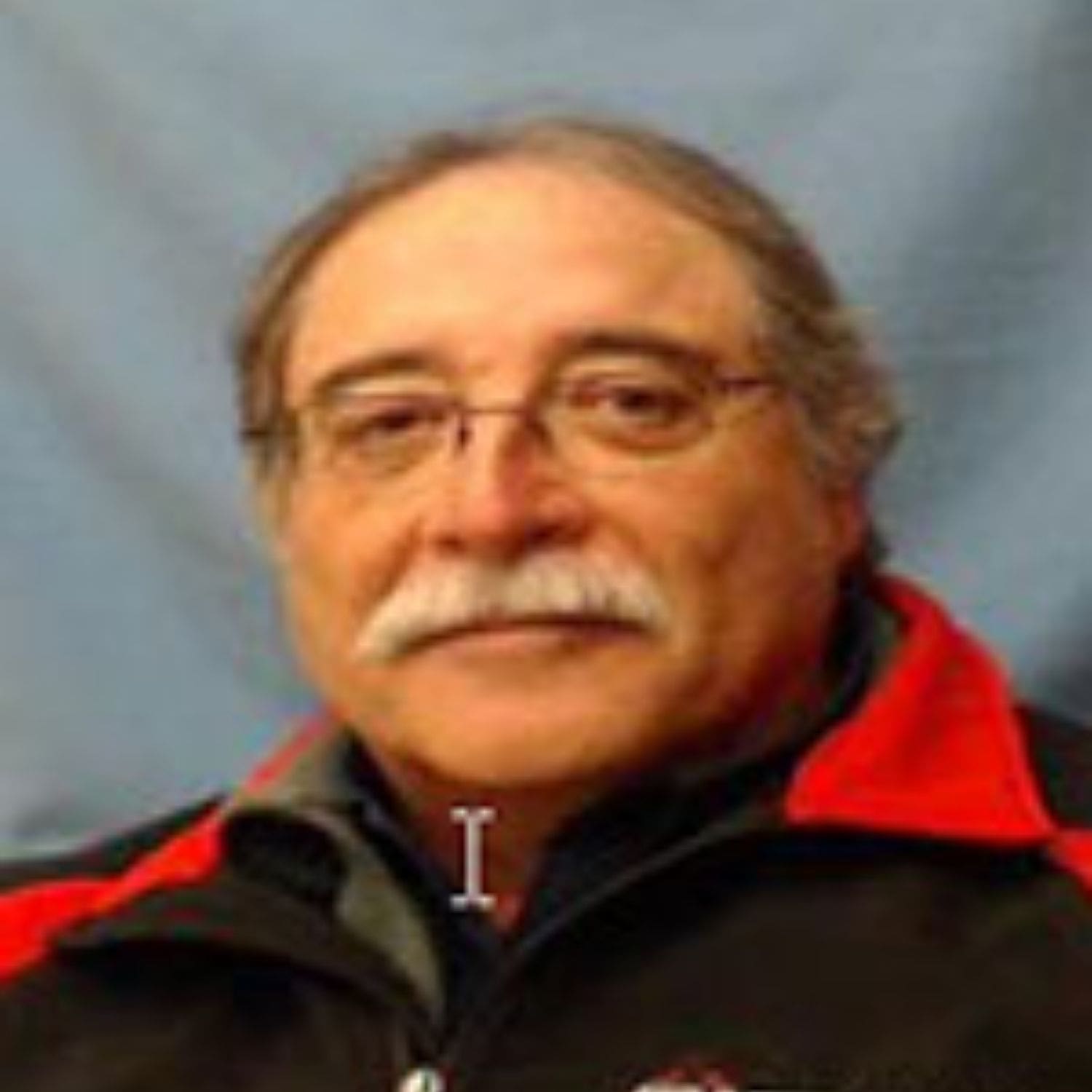Information Updated January 2018

Raymond Griego is the lead faculty for the Energy Systems Program at Navajo Technical University
Navajo Technical University’s mission is to provide University readiness programs, certificates, associate, baccalaureate, and graduate degrees.
Students, faculty, and staff will provide value to the Diné community through research, community engagement, service learning, and activities designed to foster cultural and environmental preservation and sustainable economic development. The University is committed to a high quality, student-oriented, hands-on learning environment based on the Diné cultural principles: Nitsáhákees, Nahátá, Īína, Siihasin.
Navajo Reservation, New Mexico, & Arizona
Gender: Male 86%, Female 13%
Ethnicity: Navajo, Native American
Veterans: 1-3%
29 as of Fall 2018
1 Full-Time
Associate Degree in Applied Science – 2 year program
Introduction to Solar/Photovoltaics
Face-To-Face
One semester course ERS 102-01
Photovoltaic Theory and Design, 3-hour credit, prerequisites ELC 101 Electrical Theory and MTH 121
3 Credits
This program was first introduced and adopted in 2002 as a 1-year certificate program. The development of the curriculum was encouraged and funded by the NASA, United Negro College Fund, Special Programs, Curriculum Improvement Partnership Award Program, CIPA. The Energy Systems program is intended to assist and to provide new emphasis to the areas of applied science, mathematics, technology and engineering for students at our tribal college, Navajo Technical University.
Students learn the fundamentals of electricity, magnetism, photovoltaic electrical systems, and wind generation with emphasis in techniques to harness the earth’s renewable energy sources. Moreover, the design and construction of photovoltaic, wind and hot air solar heating systems enables students to
supplement existing energy needs at home, in their communities and throughout the Navajo Nation.
In 2004 the program expanded from a 1-year certificate to a 2-year AAS degree program. A couple of years ago we partnered with Arizona State University; The NTU/ASU partnership was mentored by the Department of Energy, the National Renewable Energy Lab and Sandia National Lab and is supported by the American Indian Research and Education Initiative (AIREI), the American Indian Science and Engineering Society (AISES) and the American Indian Higher Education Consortium (AIHEC).
Modular Building, 1500 sq. ft. Classroom and Lab combined
The job market assessment was conducted several years ago by the program’s advisory committee. The outlook was and is still very positive. Most of the work is the Albuquerque, Denver and Phoenix area. Most of our students are not willing to travel and prefer to stay close to the Navajo Reservation.
Word of mouth, NTU advertisement (radio and newspaper)
I have an informal advisory committee:
Committee Members:
Honorable Mention
Mark Fitzgerald, Institute for Sustainable Power (instrumental in the creation of the program; deceased)
We do not require internships as part of the program. However, students have the opportunity to apply for internships, and have obtained internships with the DOE, Sandia National Laboratories, NASA, and USDA. Fifty percent of the program’s AAS graduates continue their education to pursue a 4-year degree in engineering here at NTU; 16% are placed in jobs in the energy workforce.
View the syllabus for Navajo Technical University's Introduction to Solar/Photovoltaics course, or visit Navajo Tech directly for more information on their Applied Associate Degree program.
View Syllabus Visit Navajo Tech
Visit Navajo Tech View all Solar Energy Program Profiles
Copyright @ 2025 CREATE National Energy Center
This material is based upon work supported by the National Science Foundation under Grant #2201631. Any opinions, findings, and conclusions or recommendations expressed in this material are those of the author(s) and do not necessarily reflect the views of the National ScienceFoundation.